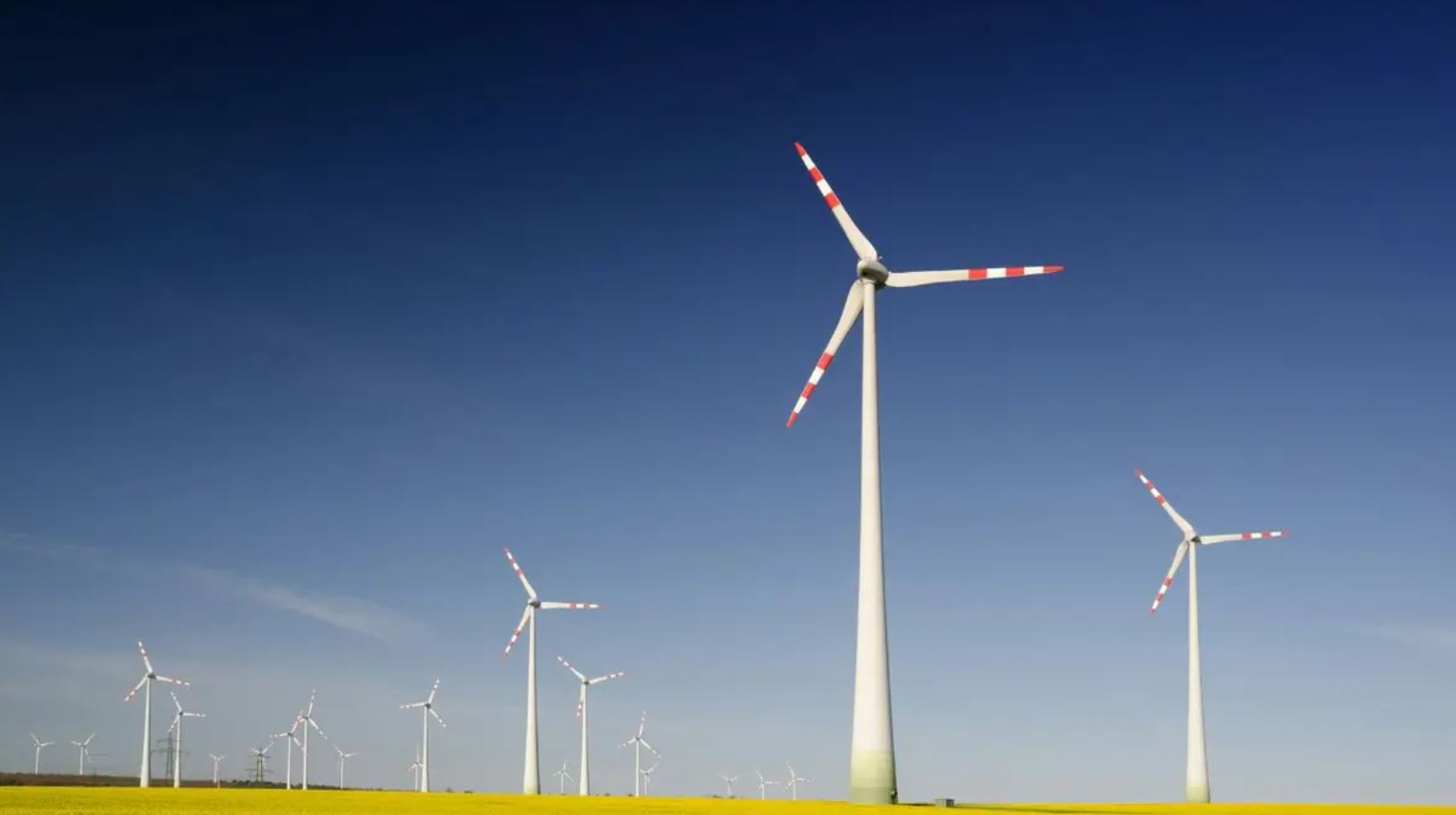 The demand for electricity to train cutting‑edge AI models is on the rise. A recent report from Epoch AI and the Electric Power Research Institute (EPRI) suggests that by 2030, AI training could require over 4 gigawatts of power—enough to energise entire cities. Data analyst Joshua You from Epoch AI explains, “If the current trends in training and hardware progress keep up, major AI sessions could easily tap into several gigawatts by 2030.”
The demand for electricity to train cutting‑edge AI models is on the rise. A recent report from Epoch AI and the Electric Power Research Institute (EPRI) suggests that by 2030, AI training could require over 4 gigawatts of power—enough to energise entire cities. Data analyst Joshua You from Epoch AI explains, “If the current trends in training and hardware progress keep up, major AI sessions could easily tap into several gigawatts by 2030.”
Unlike earlier studies based on chip orders and data centre space, this report focused squarely on the energy needed for what’s known as frontier AI training runs. Consider Elon Musk’s xAI and its Grok AI: recent training sessions used roughly 100–150 megawatts, but as demand doubles every year, each session might hit 1 to 2 gigawatts by 2028, soaring to that 4‐gigawatt mark by 2030.
You compares this power draw to that of some US states, highlighting the scale of the challenge. Despite improvements in chip efficiency and cooling technologies, overall energy use climbs on the back of aggressive scaling—a modern twist on the Jevons paradox, where better efficiency leads to higher consumption. AI companies often reinvest those efficiency gains to expand their operations even further.
This raises important questions for utility companies, especially where tech giants plan large AI data centres. Understanding these power needs gives both tech and energy providers a chance to work together. As Tom Wilson, EPRI’s principal technical executive, puts it, technical demonstrations in Phoenix‑area data centres show how distributed training can shift AI workloads and ease the burden on local grids. These experiments are key during peak usage periods, such as hot days when air conditioning demands skyrocket.
Moreover, the energy choices of major tech firms will affect the pace of power system decarbonisation. While companies like Google and Microsoft often lead in renewable energy adoption, some new data centres still depend on fossil fuels—a factor that complicates their net‑zero ambitions amid the AI boom.
For anyone keeping an eye on the future of both AI and energy, this report offers a clear signal: balancing growth with sustainable power planning will be crucial in the years ahead.








